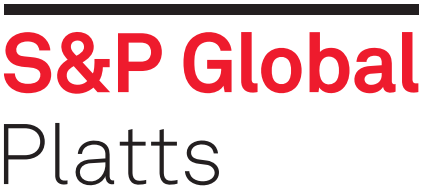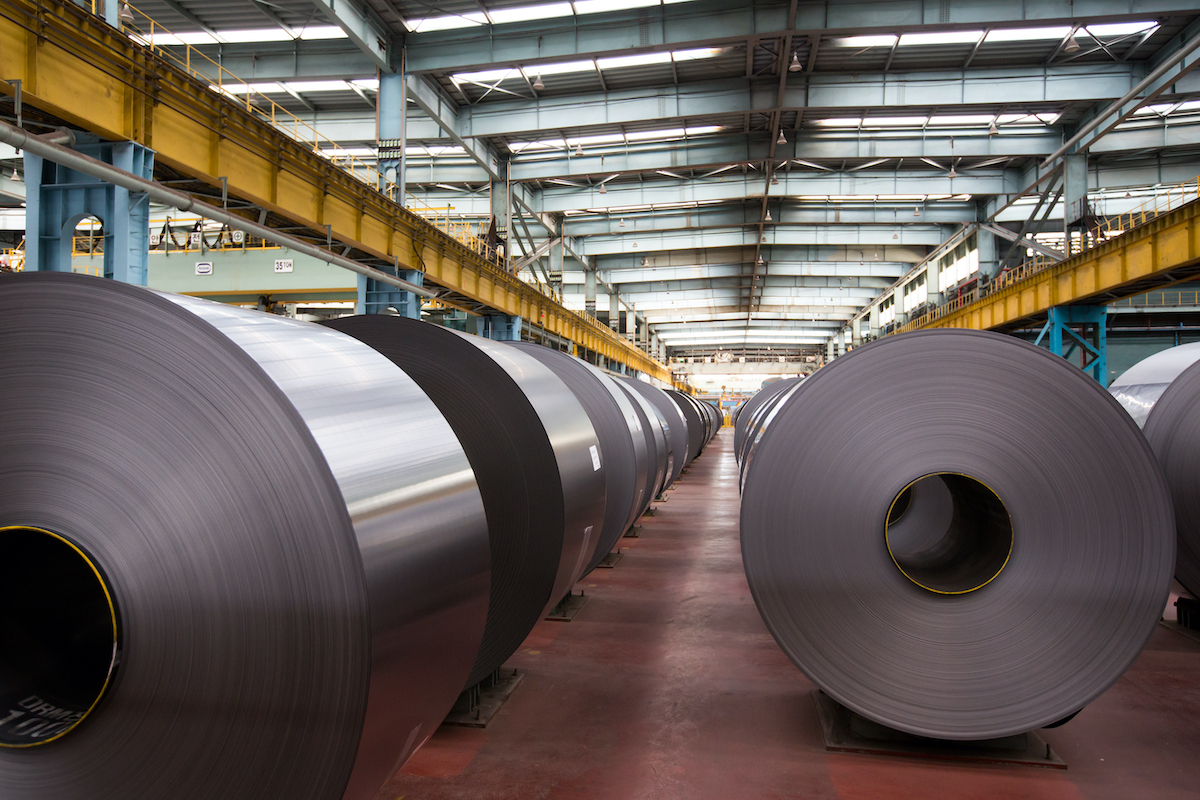The European steel market appears very much divided between steel buyers and producers following the European Commission proposal to the WTO regarding a possible three-year extension of market safeguards against imports. Buyers are concerned not only that prices will continue to increase but that it will be very difficult to find material as well.
On June 11 the EC notified the WTO about a proposal to extend the EU Safeguard Measures on Steel Imports, which is set to expire on June 30, while reducing to 3% the annual liberalization of quota levels compared to 5% previously.
“The proposal to extend current restrictions by three years comes in the face of acute shortages in automakers’ European steel supply chain,” the European Automobile Manufacturers’ Association (ACEA) said on the day of the notification, underlining how these shortages have led to a slowdown in manufacturing with prices that “continue to surge to record highs in the European market.”
According to S&P Global Platts data, European hot-rolled prices have been plateauing with some slight downward movements in the last few days, though prices are still at historical highs. Prices reached their highest level on May 31 at Eur1145/mt. The daily Platts price assessment for HRC closed June 15 at Eur1137.50/mt EXW Ruhr. Since the end of last year prices have gone up by Eur472.50/mt. The weekly Platts Northwest European rebar assessment stood at Eur800/mt EXW Northwest Europe June 11, not far from its all-time high of Eur815/mt during June and July of 2008.
Eurofer, the association of European steel producers, when contacted by Platts on June 15, said that “the steel safeguard is not a measure to stabilize prices in the domestic market… nor does it restrict supply to the market in any way. European downstream users of steel can still access all the third-country steel they need based on traditional trade flows.”
However, steel buyers’ associations emphasized the difficulties procuring steel. They noted that many importers started as early as March 2021 concluding supply agreements with non-EU mills for arrivals in the second half of 2021 due to the lack of material.
“This [EC] decision appears to be… lacking in common sense in light of the current market trend of the EU steel industry, profoundly different from that of early 2020 and, moreover, [coming] only 19 days before the expiry of the measures still in force today, thus confirming a total temporal misalignment with respect to long lead-times of EU producers, which in several cases even reach 5-6 months,” said Assofermet, the association of Italian steel service centers, on June 15.
The current safeguards were put in place in response to the US Section 232 tariffs in July 2018 – using import data from 2015-2017 – to prevent economic damage to European steel producers.
“Analyzing the statistical data reported in the text of the European Commission proposal to the WTO it emerges that the period examined is 2018-2020; pity that such evaluation does not consider, in the way more absolute, the forecast relating to the years 2021 and 2022 when reasonably we will see a significant increase in consumption,” Assofermet said.
EUNIRPA, the association of European non-integrated wire rod processors, also expressed concerns. “The liberalization rate of 3% is absolutely not enough to give the EU metal fabrication industry the chances to grow in the next upcoming years. Besides the risk of retaliation from other countries (via WTO measures) the economical squeeze of the user industry is not fair and even dangerous,” Kris Van Ginderdeuren, president of the association, told Platts on June 15, underlining how there could be the possibility that more and more end-products will be imported into the EU if there is not enough steel to process within the EU.
“I think that a liberalization of an absolute minimum 15% to 20% per year for wire rod would be a correct step from the commission,” he said.
Eurofer stressed that the safeguards extension provides ample opportunity for users to source material they might require from abroad, as the tariff-free quota level is now at least 15% higher than the record import levels on which the safeguard’s tariff rate quota is set (2015-2017).
“This is completely ridiculous because it is based on old historical data. The figures of 2015-2017 cannot meet the actual consumption levels of 2019 to 2021. This is not the right way to do it. The commission should at least use the figures of the last three Non-COVID years: 2017, 2018, 2019,” Van Ginderdeuren said.
Other sources echoed this opinion, stressing that the EC itself, as a result of COVID, has planned to invest billions for infrastructure that will translate into more steel demand.
“The figures of 2015-2017 are based on old supply patterns that do not reflect the actual situation any more… there will be a boost in steel demand and the commission wants to freeze itself on old historical figures that absolutely do not reflect the actual and future consumption. If safeguards really MUST go, let them take import figures per country, based on 2018-2019 and 2020 adjusted for COVID,” EUNIRPA’s president said.
— Annalisa Villa






